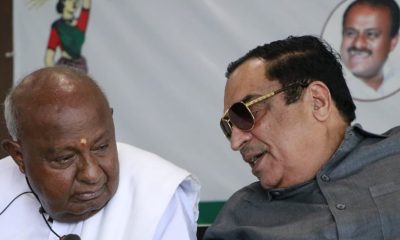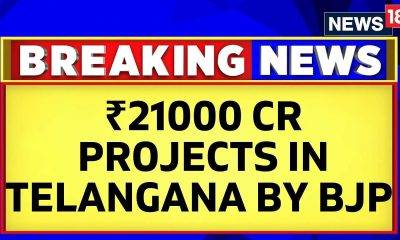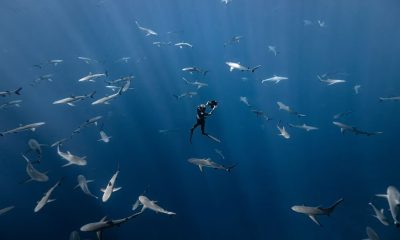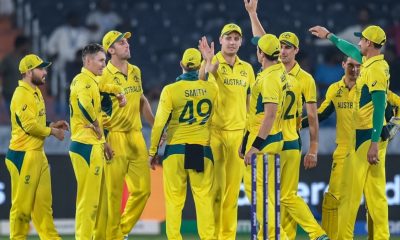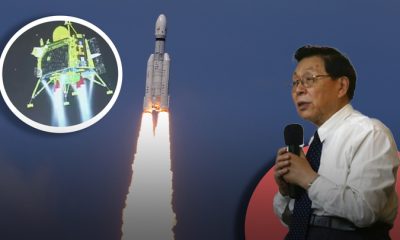NASA has unveiled a captivating simulation video that takes viewers on a virtual journey into the depths of a supermassive black hole. This extraordinary cosmic phenomenon, with a staggering mass of 4.3 million times that of our Sun, bears a striking resemblance to the colossal black hole residing at the heart of our Milky Way galaxy – the Sagittarius A*.
What makes this simulation truly mesmerising are the luminous structures known as photon rings, which shimmer brilliantly closer to the black hole. These rings are formed by light that has navigated the immense gravity of the black hole, completing one or more orbits around it.
Ever wonder what happens when you fall into a black hole?
Thanks to a new, immersive visualization produced on a NASA supercomputer, we’re kicking off #BlackHoleWeek with a virtual plunge into the event horizon—a black hole’s point of no return: https://t.co/aIk9MC1ayK pic.twitter.com/CoMsArORj4
— NASA (@NASA) May 6, 2024
Crafted with precision and computational prowess, the simulation was meticulously rendered by supercomputers housed at NASA’s Goddard Space Flight Center. Despite the complexity of the task, the simulation was completed in a remarkably swift five days, offering a stunning glimpse into the enigmatic realm of supermassive black holes.
But what exactly would happen if an intrepid explorer were to venture too close to the edge of a black hole? The answer lies in the ominous and seemingly painful process known as spaghettification, wherein the extreme gravitational forces exerted by the black hole would stretch and elongate the unfortunate individual into an infinitely thin strand resembling spaghetti.
ALSO SEE: Scientists Discover The Smallest Known Black Hole In The Milky Way Galaxy Dubbed ‘The Unicorn’!

At the heart of every black hole lies a region of absolute darkness known as the event horizon, beyond which nothing, not even light itself, can escape. This phenomenon is a direct consequence of the black hole’s immense gravitational pull, which effectively traps all matter and energy within its grasp. The resulting absence of illumination renders black holes invisible to the naked eye, shrouding them in an impenetrable cloak of mystery.
“Stellar-mass black holes, which contain up to about 30 solar masses, possess much smaller event horizons and stronger tidal forces, which can rip apart approaching objects before they get to the horizon,” said Jeremy Schnittman, an astrophysicist at Goddard.
ALSO SEE: Mystery Of Black Hole: 7 Myths About Black Hole That Are Not True
The video starts with the camera being 640 million km away from the black hole and it takes about 3 hours to fall into the black hole. Schnittman revealed that the destruction of the camera when it crosses the horizon will complete in just 12.8 seconds due to sphagettification.
The scientists also imagined an alternate scenario where the camera orbits close to the event horizon but it never crosses over and escapes to safety. They said that if an astronaut were to complete the six-hour trip while his/her friends were at the spaceship far away, the astronaut would be 36 minutes younger than others. This is where theory of relativity comes in which says that time passes more slowly near a strong gravitational source and when moving near the speed of light.



















